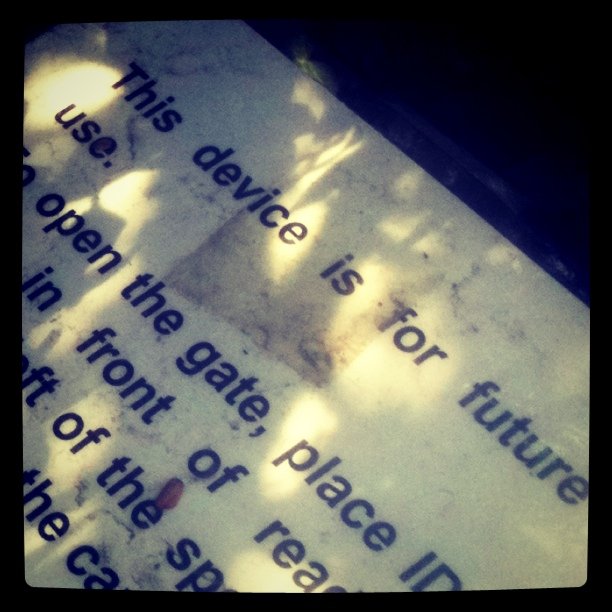
On April 1 I was in Madison, WI for a workshop co-sponsored by the University of Wisconsin Folklore Program, the American Folklore Society, and the ARIS team at UW. ARIS stands for “augmented reality interactive storytelling,” and the project consists of an iPhone app (the client) and a web-based game editor within which someone would construct a “situated documentary” or place-based educational “game.” Run largely by ARIS team members, the workshop focused on getting folklorists to think about how to employ this platform (and related technologies) in cultural heritage/tourism contexts. We did plenty of hands-on work with the extremely-alpha editor (based on MIT open source code), but also spend time discussing best practices, limitations to application, and conceptual issues related to the whole effort. Since the games in ARIS are place-based, you can’t really play them unless you are physically in the places they reference, but the app is free and once they move into beta stages of development I imagine there will be wider access to the whole system.
Somewhat related, I received an announcement the other day about a series of webinars hosted by South Arts (regional arts non-profit that works with nine state arts agencies in the U.S. South). Geared largely toward folklorists and heritage workers, the series kicks off on April 13. Go here for a descriptive list of all of them, but below are selected highlights:
April 13, 2011 10:00 a.m. ET (1.5 hrs)
Folklife Emergency! 12 Steps to Readiness
All areas of the nation are subject to emergencies including natural disasters and human-caused events. However, our cultural resources-including people, buildings, and objects-are often at risk for severe damage or loss. Learn about 12 simple things that you can do right now to protect your folklife and cultural heritage assets.
May 5, 2011 2:00 p.m. ET (1.5 hrs)
Digital Tools for the Folk
Spotlight on digital trends and tools folklorists can use to advance their work. Participants will learn about an assortment of free and low-cost resources easy enough for the non-techie to use.
June 1, 2011 10:00 a.m. ET (1.5 hrs)
Online Exhibits: Get Your Fabulous Folklore Content to an Online Audience
As more and more organizations jump on the online exhibit bandwagon, competition for eyeballs gets tougher. In this webinar you’ll learn best practices to make your exhibit stand out from the rest.
All of the workshops have some sort of connection to media, management, documentation, and arts/culture work. Each costs $25.oo to register, and look well worth it.








![Reblog this post [with Zemanta]](http://img.zemanta.com/reblog_e.png?x-id=943fb274-30fd-449f-ab7f-66481c7dd5a3)

![Reblog this post [with Zemanta]](http://img.zemanta.com/reblog_e.png?x-id=e565c81e-520f-40e1-aa9a-def820ea83b4)
